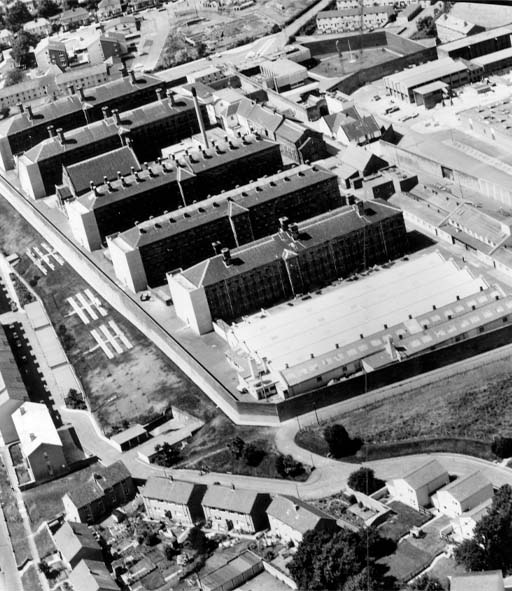5 Uniformity across the UK
In July 1883, the Home Secretary encouraged the Scottish Prison Commissioners to bring the content and delivery of education in Scottish prisons into line with the new regulations for English and Welsh prisons. The Scottish Commissioners agreed to adopt the Fenwick scheme but with two modifications:
- the extension of educational provision to local prisoners with sentences of 2 months or more
- the provision of instruction for female convicts held in Scotland regardless of age

In Ireland, the achievement of uniformity in prison discipline lagged behind the other nations in part because of political unrest. A Royal Commission established to review the Irish prison system in 1884 delivered a harsh critique of the system of cellular instruction which had become common after 1878, and in which prisoners received just 4 or 5 minutes of tuition each week (Royal Commission on Prisons in Ireland, 1884, p. 36). The Irish Prisons Board agreed that improved arrangements were necessary. In November 1887, new Regulations for the Educational Instruction of Prisoners were circulated to prison governors. They were, in all essentials, a replication of the Fenwick scheme (General Prisons Board (Ireland) Tenth Report, 1888, pp. 25–7).
